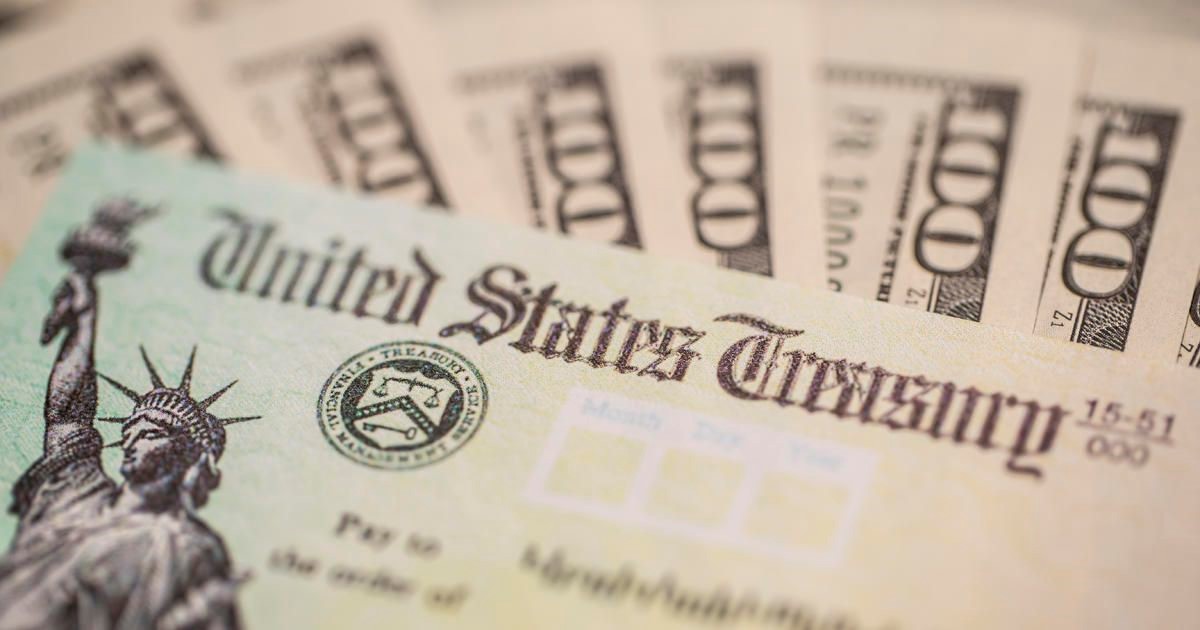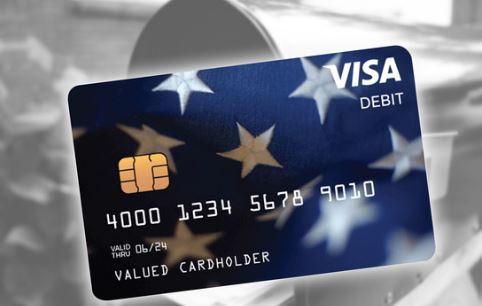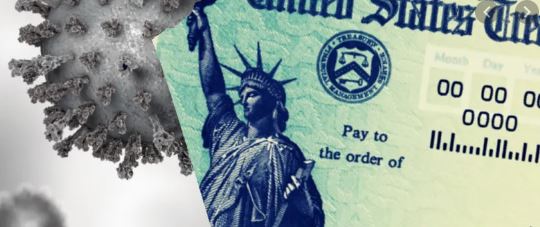IRS Launches Tracking Tools
 As the latest round of stimulus payments have started hitting some bank accounts, The IRS has updated the “Get My Payment” tool on its website with further information on when to expect payments.
As the latest round of stimulus payments have started hitting some bank accounts, The IRS has updated the “Get My Payment” tool on its website with further information on when to expect payments.
You can check the status of your payment here.
The third round of Economic Impact Payments will be based on a taxpayer’s latest processed tax return from either 2020 or 2019. That includes anyone who used the IRS non-filers tool last year, or submitted a special simplified tax return.
For those who received the first two stimulus checks but didn’t receive a payment via direct deposit, they will receive a check or a prepaid debit card. Social Security and other federal beneficiaries will generally receive this third payment the same way as their regular benefits. A payment date for this group is expected to be announced soon.
In addition, the “Where’s My Refund” page is also live on the IRS website.
You need the following information to track the status of your tax refund:
- Social Security number or Individual Taxpayer Identification Number
- Filing status (single, married or head of household)
- Exact refund amount in whole dollars (can be found on your tax return)
The tool will show you one of three messages to explain your tax return status:
- Received: The IRS now has your tax return and is working to process it.
- Approved: The IRS has processed your return and confirmed the amount of your refund, if you’re owed one.
- Sent: Your refund is now on its way to your bank through direct deposit, or as a paper check to your mailbox.
For more information or further assistance with your filing, please contact your Whalen advisor.
SOURCE: IRS



 As more Economic Impact Payments continue to be sent out, the IRS has notified taxpayers that some payments are being sent by prepaid debit card instead of a paper check.
As more Economic Impact Payments continue to be sent out, the IRS has notified taxpayers that some payments are being sent by prepaid debit card instead of a paper check.
 The IRS has
The IRS has 


 Last week, the Treasury Department and the IRS announced that social security beneficiaries will not need to file a “simple” return to receive an economic impact payment and that the payment will be automatic.
Last week, the Treasury Department and the IRS announced that social security beneficiaries will not need to file a “simple” return to receive an economic impact payment and that the payment will be automatic.